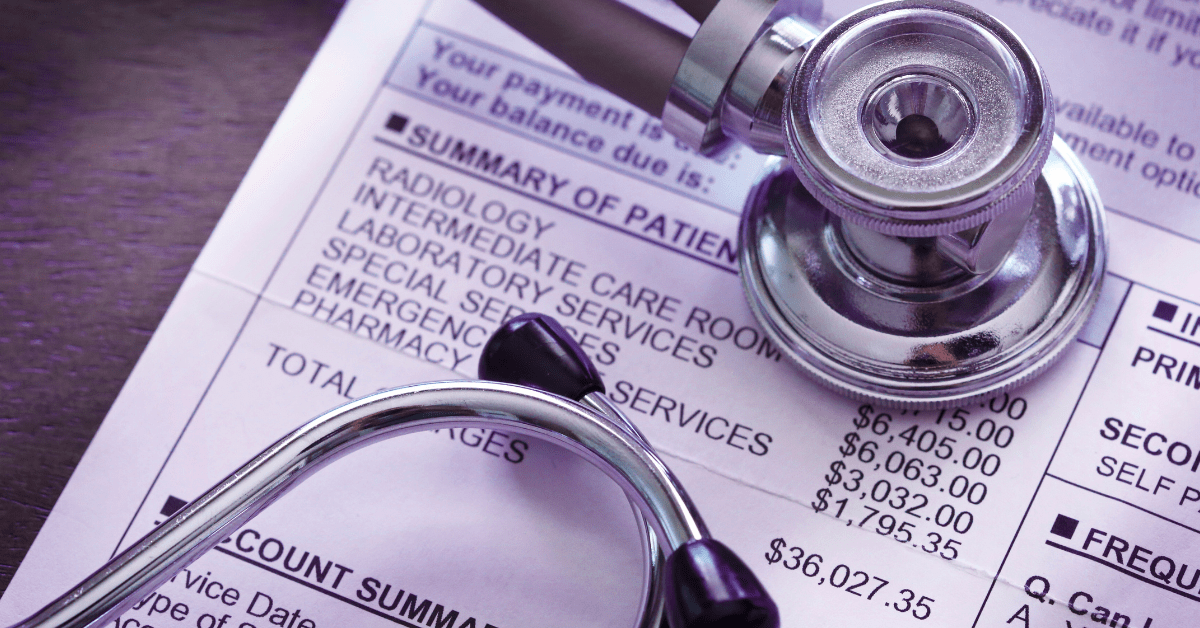Revenue Cycle Management (RCM) is the financial backbone of healthcare organizations. Yet, disconnected systems and manual workflows often create bottlenecks that delay reimbursements. By integrating RCM platforms with EHRs, billing systems, and clearinghouses, healthcare providers can streamline claims processing and accelerate payment cycles.
The problem with fragmented revenue cycle workflows
Without integration, RCM processes rely on repetitive data entry, manual eligibility checks, and inefficient claim tracking. These gaps increase the risk of denied claims, billing errors, and revenue leakage—problems that directly affect an organization’s financial stability.
How integration speeds up reimbursements
RCM integration connects clinical and financial systems to ensure claims are created, validated, and submitted with minimal manual intervention. Key benefits include:
– Automatic verification of patient eligibility
– Real-time coding updates linked to clinical documentation
– Faster electronic claim submission to payers
– Streamlined remittance and payment posting
The impact on healthcare providers
Accelerated reimbursement cycles improve cash flow, reduce administrative overhead, and allow organizations to reinvest in patient care. For smaller clinics, this can be the difference between financial strain and long-term sustainability. For larger hospitals, faster revenue recognition supports growth and innovation initiatives.
Moving toward a connected revenue cycle
Integration is more than an IT upgrade—it’s a strategy for financial resilience. By connecting RCM workflows with EHR and payer systems, providers create a more transparent, efficient, and scalable revenue cycle.
Healthcare Integrations partners with healthcare organizations to design and implement RCM integrations that accelerate reimbursements and strengthen financial performance. Contact us today to explore how we can optimize your revenue cycle.





